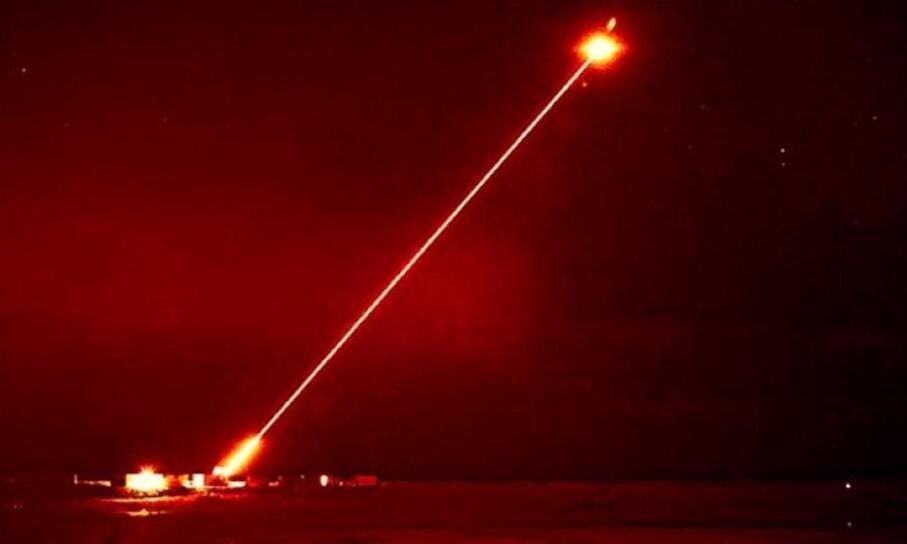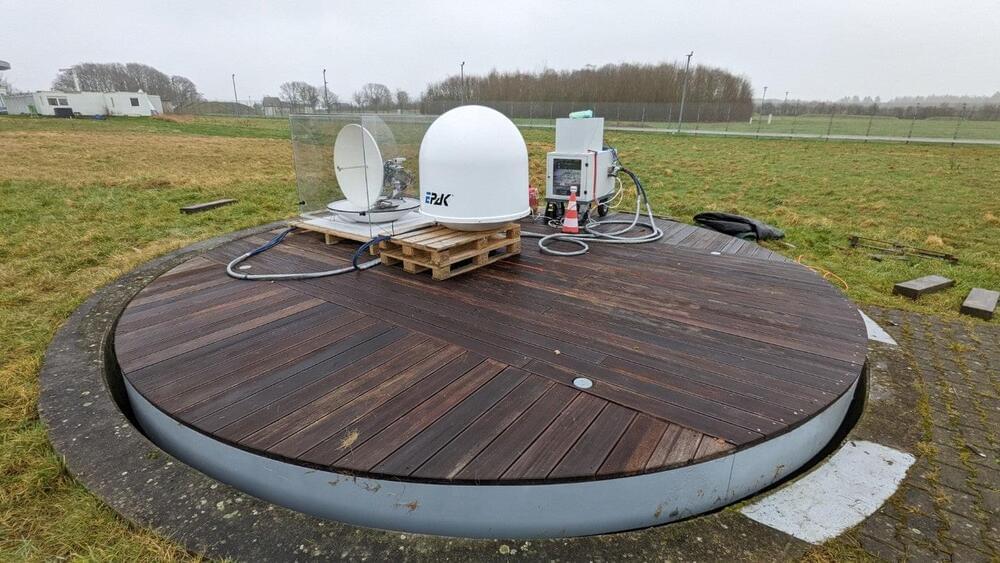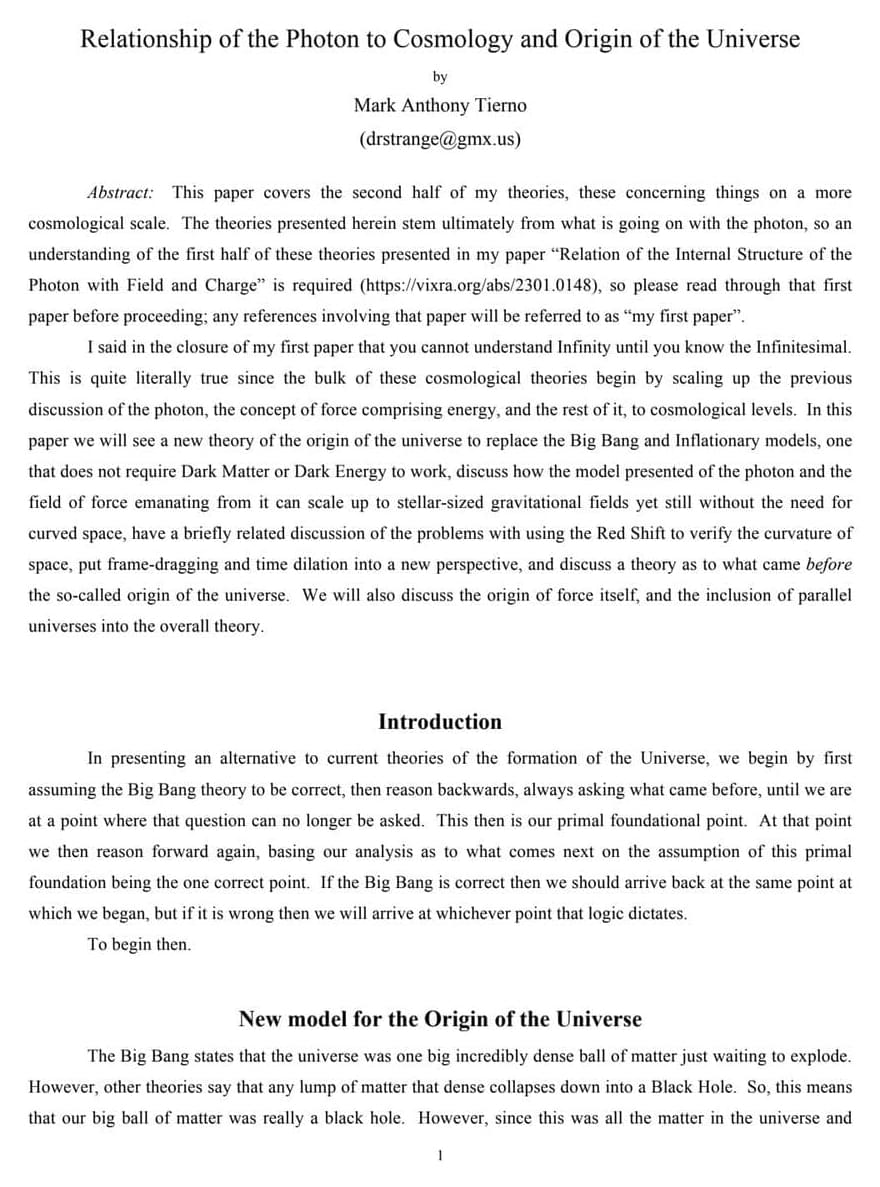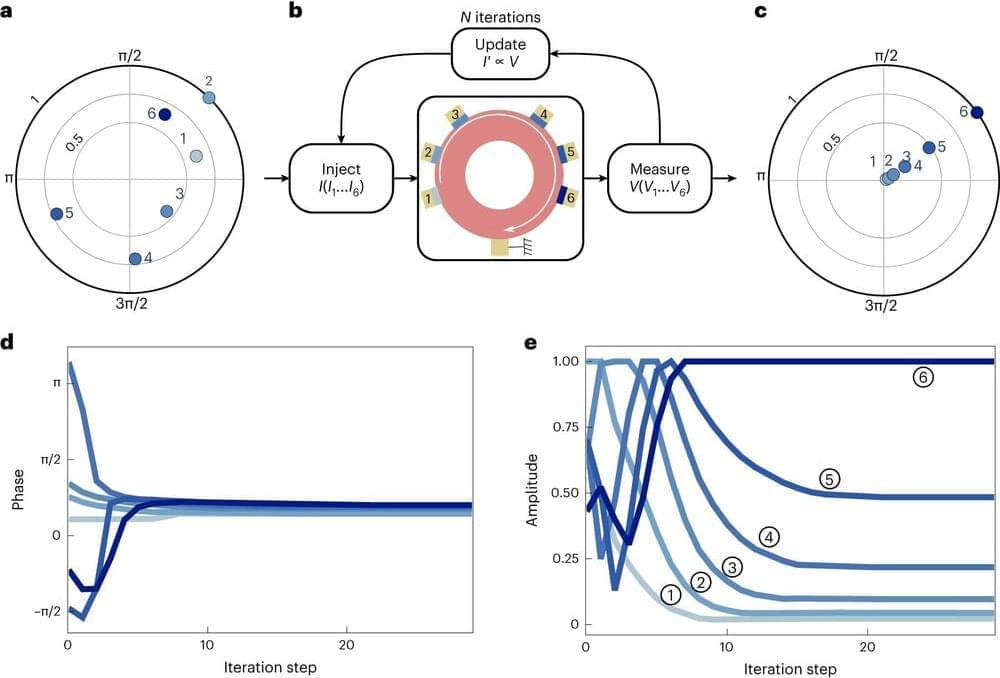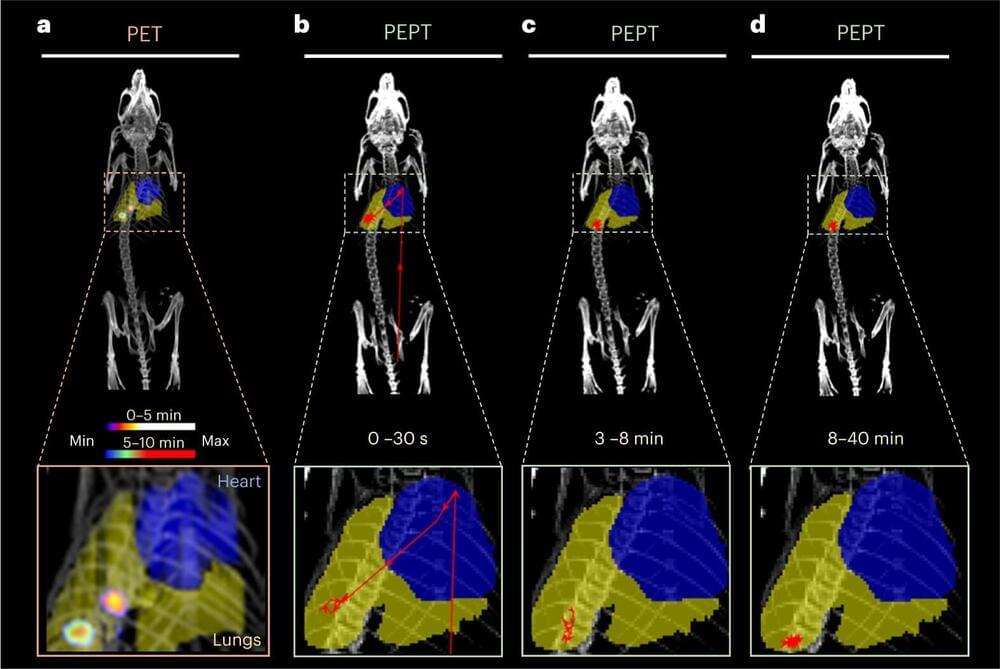The nature of work is evolving at an unprecedented pace. The rise of generative AI has accelerated data analysis, expedited the production of software code and even simplified the creation of marketing copy.
Those benefits have not come without concerns over job displacement, ethics and accuracy.
At the 2024 Consumer Electronics Show (CES), IEEE experts from industry and academia participated in a panel discussion discussing how the new tech landscape is changing the professional world, and how universities are educating students to thrive in it.


